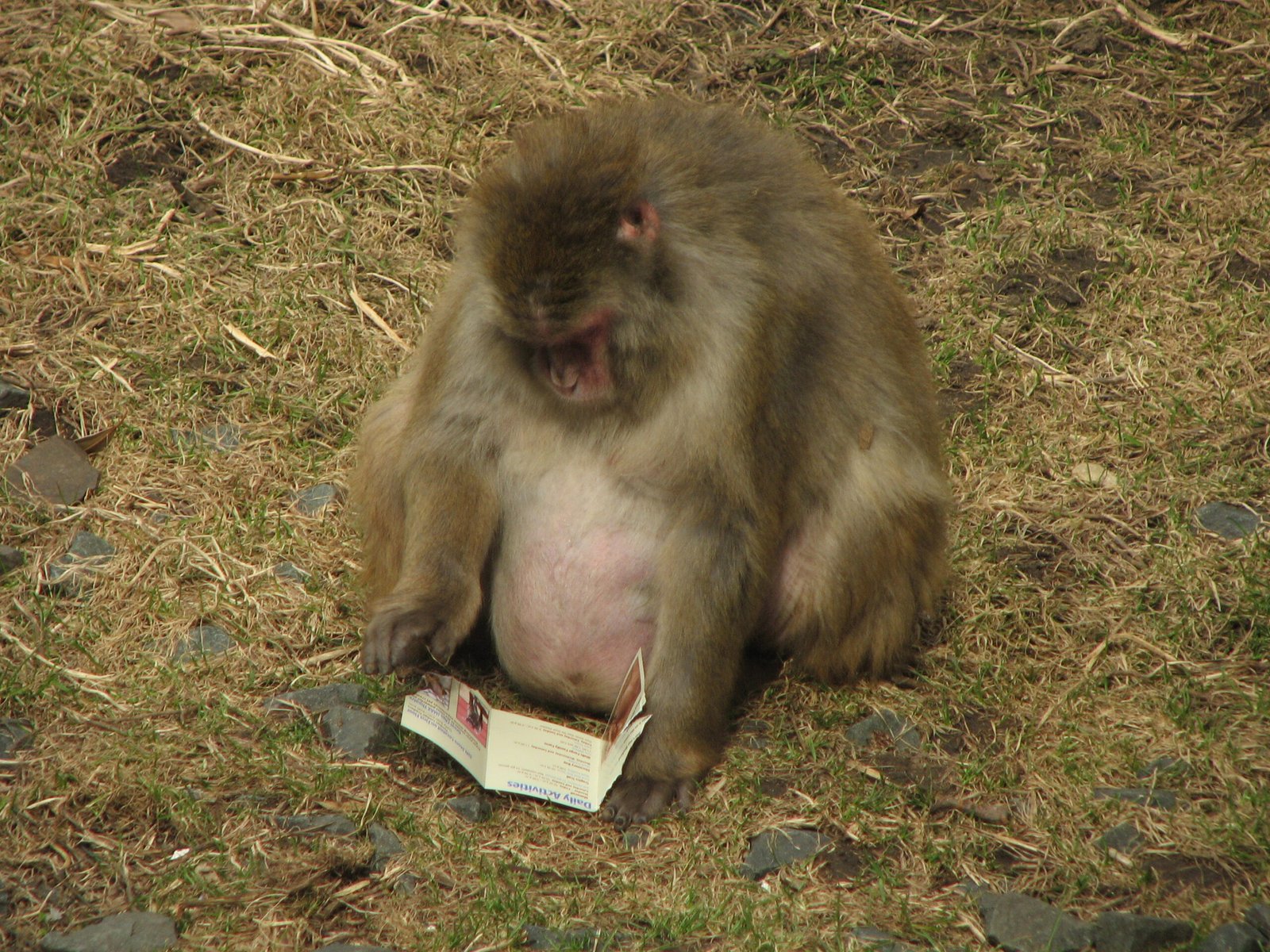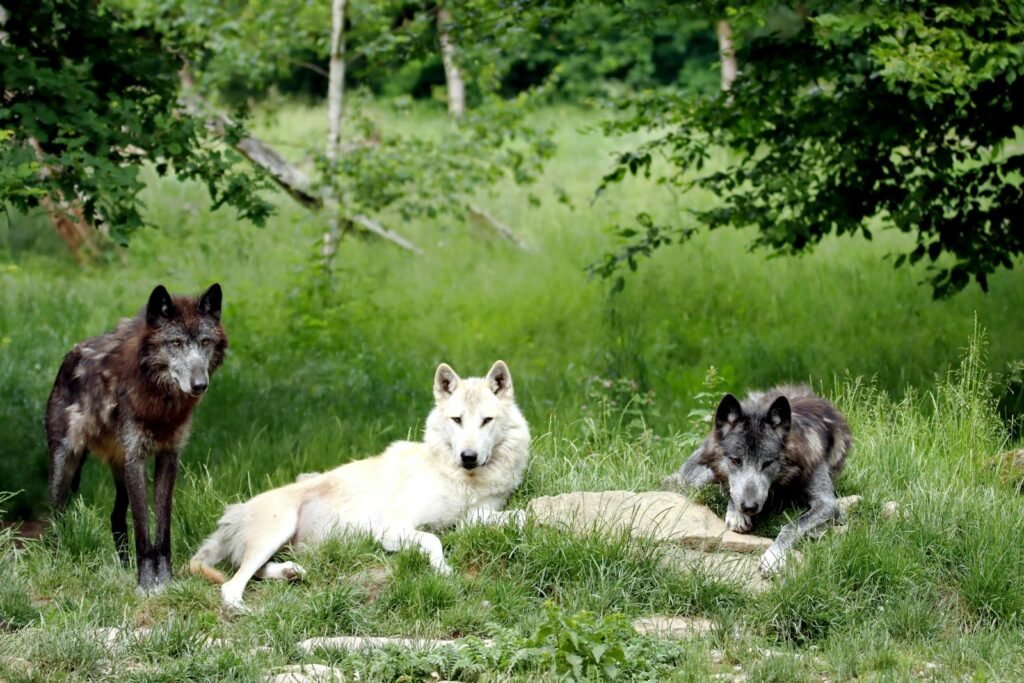Imagine walking through a lush, green habitat in a zoo and coming face-to-face with a creature you’ve never seen before—a species so new, it doesn’t even have a name yet. The world’s biodiversity is astonishing, with millions of animal and plant species still undiscovered. But as habitats vanish and the climate changes faster than ever, many of these unknown creatures face extinction before we even know they exist. What if zoos could be the lifeline for these hidden treasures? The future of zoos is not just about saving the animals we already love—it’s about rescuing life forms we haven’t even met yet. This isn’t science fiction—it’s a bold vision grounded in cutting-edge science, innovation, and hope.
The Unseen Biodiversity Crisis
Every year, scientists estimate that thousands of species disappear forever, many before they are even identified. Tropical rainforests, coral reefs, and unexplored mountain ranges hide a staggering number of unknown animals and plants. The tragedy is that with every lost species, the world loses unique genetic codes, possible cures for diseases, and essential pieces of ecosystems. Zoos are now rising to meet this quiet emergency, positioning themselves as guardians not just of known endangered animals, but also as sanctuaries for the unknown. By understanding the scope of what’s at stake, zoos become a powerful force in preserving the web of life—even the invisible threads.
Reimagining Zoos as Conservation Powerhouses

Gone are the days when zoos were simply places for entertainment. Modern zoos are transforming into dynamic centers of conservation science, research, and education. They’re investing in high-tech laboratories, bio-banks, and field stations that reach deep into unexplored wilderness. By collaborating with scientists and conservationists worldwide, zoos are actively searching for new species and learning how to protect them. The image of someone in a white coat, peering through a microscope at a DNA sample from a never-before-seen frog, is becoming a reality in these future-focused institutions.
Genetic Arks: Preserving Life’s Blueprints
Imagine a vast library, but instead of books, each shelf contains the genetic blueprints of living things—from ancient mosses to mysterious deep-sea fish. Zoos are building these genetic arks, storing frozen DNA, eggs, sperm, and even living tissue from both known and yet-unidentified species. This precious “genetic bank” means that, even if a species vanishes in the wild, its DNA can be preserved—and perhaps one day, revived. These efforts are not just theoretical; every vial stored is a lifeline for a future reintroduction or even a species resurrection.
Artificial Habitats and Digital Twins

The future zoo may look less like cages and more like a series of living, breathing ecosystems. Artificial habitats, tailored to the needs of even undiscovered species, can mimic rainforests, deserts, or wetlands with astonishing fidelity. Using advanced sensors and computer models, zoos can create “digital twins” of habitats, allowing scientists to simulate how a new species might thrive or struggle under different conditions. This blend of technology and ecology gives zoos a powerful toolkit to prepare for creatures we haven’t met yet, ensuring they have a safe home from the first moment they’re discovered.
Discovering New Species: Zoos on the Front Lines
It might sound surprising, but some of the world’s leading field biologists now work for or with zoos. These teams venture into remote jungles, unexplored caves, and deep ocean trenches, armed with everything from DNA sequencers to thermal cameras. When a new species is found, zoos can rapidly assess its needs, raise awareness, and even start breeding programs before the world even hears its name. In this way, zoos are leading the charge in the race to discover and protect life forms standing on the edge of existence.
Assisted Reproduction and Cloning
One of the most mind-bending advances in zoo science is the use of assisted reproduction and cloning. With techniques borrowed from human medicine, zoos can now help animals breed even if they are the last of their kind. For species we haven’t met yet, this technology could be a game-changer—allowing the revival of lost populations, or even bringing back the DNA of animals that disappeared before we had a chance to save them. The stakes are high, but so is the promise.
Citizen Science and Public Engagement
The future of saving unknown species is not just in the hands of scientists. Zoos are rallying the public to join the cause through citizen science initiatives. From tracking animal sightings on smartphone apps to helping monitor camera traps in remote forests, ordinary people are playing a crucial role. Each new discovery sparks excitement and a sense of connection to the natural world. By sharing these discoveries, zoos inspire a new generation of nature advocates—proving that anyone can be part of this grand adventure.
Education for an Unknown Tomorrow

Tomorrow’s zoos won’t simply show off exotic animals—they’ll immerse visitors in the unknown, challenging them to imagine what life forms might lie undiscovered in the wild. Interactive exhibits, virtual reality journeys, and storytelling will help visitors understand why every species—named or unnamed—matters. By sparking curiosity and empathy, zoos can ignite a passion for conservation that stretches far beyond their gates, preparing people to advocate for animals they have yet to meet.
Harnessing AI and Big Data for Conservation
Artificial intelligence is changing how zoos operate. By analyzing patterns in animal behavior, environmental change, and genetic diversity, AI can help predict which species are at risk—even those we haven’t discovered yet. Big data tools allow zoos to sift through vast amounts of information from around the globe, spotting threats and opportunities faster than any human could. This high-tech approach means zoos can act quickly, sometimes saving a species before its plight becomes a tragedy.
Global Collaboration: Zoos Without Borders
No single zoo can save the world’s unknown species alone. The future lies in global networks—zoos, universities, governments, and communities working together. By sharing resources, knowledge, and discoveries, these alliances become stronger than the sum of their parts. A breakthrough in one country can spark a ripple effect worldwide, ensuring that no species, no matter how obscure, slips through the cracks.
Embracing the Unknown: A New Mission for Zoos

The next era of zoos is defined by boldness—by a willingness to embrace uncertainty and chase after the unknown. Every animal saved, every species discovered, is a testament to our shared hope for the future. The mission is simple but profound: to be guardians not just of the animals we cherish, but of the untold wonders still waiting to be found. If the future is mysterious, it is also full of promise. What incredible creatures might the next generation meet, thanks to the vision and courage of today’s zoos?


